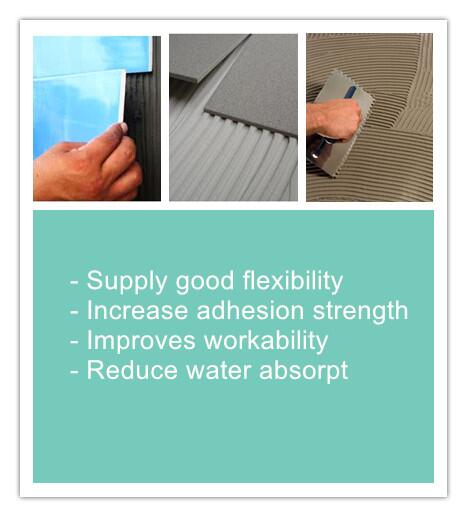What is Redispersible Polymer Powder?
Redispersible Polymer Powder (RDP) is a polymer-based powder used in the construction industry for various applications. RDP is obtained by spray drying of polymer emulsions. It is widely used in cementitious systems to improve the properties of mortar, such as adhesion, water resistance, and flexural strength.
RDP is composed of various polymers, including vinyl acetate-ethylene (VAE), styrene-butadiene (SB), ethylene-vinyl chloride (EVC), and polyvinyl alcohol (PVA). These polymers are designed to be compatible with different types of binders, such as cement, lime, and gypsum. They are used in different types of applications, including tile adhesive, self-leveling compound, waterproofing membranes, and exterior insulation and finishing systems (EIFS).

The manufacturing process of RDP involves three main stages: polymerization, emulsification, and spray drying. In the polymerization stage, the monomers are polymerized under specific conditions, such as temperature, pressure, and reaction time. The resulting polymer dispersion is stabilized with surfactants, which prevent the coagulation of particles. In the emulsification stage, the polymer dispersion is further processed to form an emulsion, which is then spray dried to obtain RDP. During spray drying, the water is evaporated from the emulsion droplets, and the polymer particles are formed. The resulting powder is then collected and packaged for transport.
The properties of RDP depend on several factors, such as the type of polymer, the particle size, and the chemical composition. The most commonly used polymer for RDP is VAE, which has excellent adhesion properties and water resistance. The particle size of RDP can vary from a few microns to several millimeters, depending on the application. The chemical composition of RDP can also vary, depending on the desired properties. For example, RDP can contain additional additives, such as plasticizers, dispersants, and thickeners, to improve its performance.
RDP has many advantages over other types of polymers used in construction. One of the main advantages is its ability to redispersible in water. This means that RDP can be mixed with water to form a stable emulsion, which can then be used in various applications. The redispersibility of RDP is due to its chemical composition and particle size. RDP particles are designed to be compatible with water and can quickly disperse when mixed with water.
Another advantage of RDP is its ability to improve the properties of cementitious systems. RDP can improve the adhesion between the mortar and the substrate, reduce shrinkage, and increase the strength of the mortar. It can also improve the water resistance of the mortar, preventing the penetration of water and reducing the risk of efflorescence.
RDP is also easy to use and handle. It can be stored for long periods without degradation, and it can be easily transported and mixed with other materials. RDP can be used in a wide range of applications, including tile adhesive, grouts, renders, and waterproofing membranes.
评论
发表评论